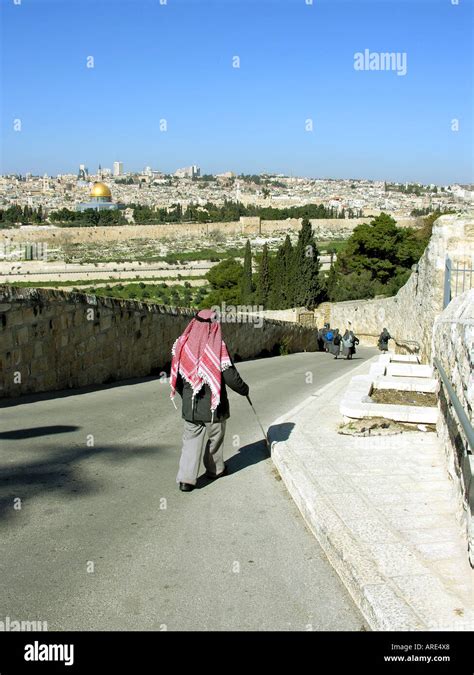Discover the Grueling Walk to Calvary: A Journey of Faith and Suffering
The walk to Calvary, as depicted in the Gospels, is far more than a mere journey; it's a powerful symbol of suffering, faith, and ultimate sacrifice. Understanding the grueling nature of this path offers profound insight into the depth of Jesus' suffering and the magnitude of his act of redemption. This article delves into the physical and emotional hardships endured by Jesus on his final walk, exploring the historical context and theological implications.
What was the distance of the walk to Calvary?
The exact distance of the Via Dolorosa ("Way of Sorrows") is debated, with estimates ranging from approximately 0.5 to 2 kilometers. However, the length is less significant than the arduous conditions under which Jesus traversed it. The route likely included uneven, rocky terrain, potentially steep inclines, and the oppressive heat of the Jerusalem sun. The significance lies not in the precise mileage, but in the sheer physical exertion imposed on a man already severely weakened from scourging and carrying a heavy crossbeam.
What challenges did Jesus face on the walk to Calvary?
Jesus' walk to Calvary was a brutal ordeal, compounded by several significant challenges:
The Weight of the Cross:
The crossbeam, or patibulum, was a substantial piece of wood, estimated to weigh between 75 and 125 pounds. Carrying this burden, especially after the brutal flogging he had endured, would have been excruciatingly painful and debilitating. It's crucial to understand that the cross was not simply a symbolic weight; it was a physically crushing load that would have exhausted him rapidly.
The Scourging Before the Walk:
The Roman scourging, known as flagellation, was a horrific form of torture. The flagrum, a whip with multiple leather thongs and often embedded with metal or bone fragments, tore the flesh, leaving deep wounds and causing immense pain and blood loss. This pre-existing trauma significantly reduced his strength and stamina for the walk.
The Crowds and their Reactions:
The Gospels describe the presence of crowds along the Via Dolorosa. While some may have shown compassion or grief, others likely jeered and mocked him, adding a layer of emotional and psychological torment to his physical suffering. This public humiliation amplified his pain and amplified the sense of isolation.
The Physical Exertion of the Walk:
The combination of the weight of the cross, his injuries from the scourging, and the challenging terrain created an almost insurmountable physical challenge. Each step would have been agony, further weakening him with each passing moment.
Why was the walk to Calvary significant?
The walk to Calvary holds immense theological significance. It's a powerful portrayal of:
- Substitutionary Atonement: Jesus, as the innocent Son of God, willingly took upon himself the punishment for humanity's sins. The arduous walk underscores the immense weight of this burden.
- Humiliation and Suffering: The public nature of the walk, coupled with the physical and emotional pain, highlights the depths of Jesus' humiliation and suffering, which he endured for the sake of humanity.
- Obedience and Sacrifice: The walk demonstrates Jesus' ultimate act of obedience to God's will, even in the face of unimaginable suffering. His perseverance symbolizes the ultimate sacrifice.
- Solidarity with Humanity: By enduring this painful and public journey, Jesus identifies with the suffering of all humanity.
What is the significance of the Stations of the Cross?
The Stations of the Cross, a devotional practice within Catholicism, visually and prayerfully recounts the events of Jesus' final journey. It offers a pathway for contemplation and reflection on the suffering and sacrifice of Jesus. Each station symbolizes a significant event in the journey, allowing for personal connection and meditation.
The walk to Calvary was not merely a physical journey; it was a profound spiritual and theological event. It's a stark reminder of the immense sacrifice made by Jesus Christ, demonstrating the depth of his love and commitment to humanity. Understanding the grueling nature of this walk allows for a deeper appreciation of the magnitude of his sacrifice and the transformative power of his act of redemption.

